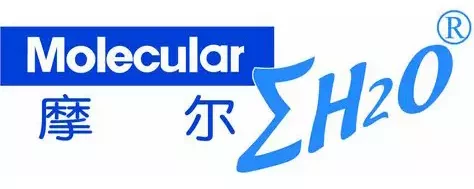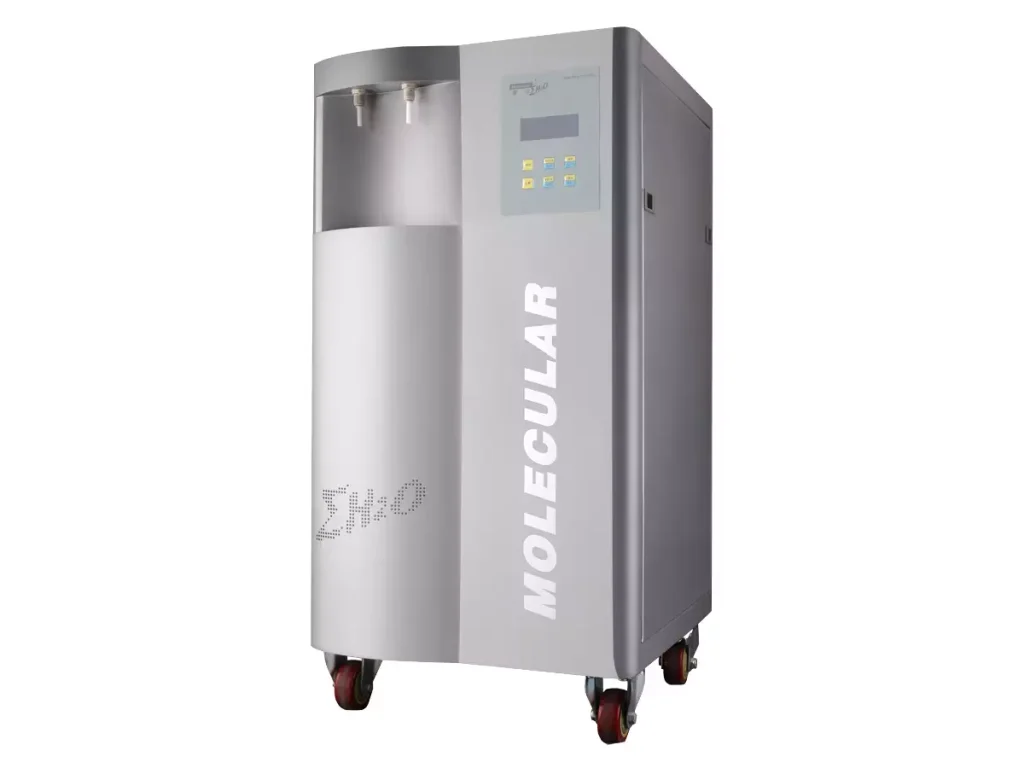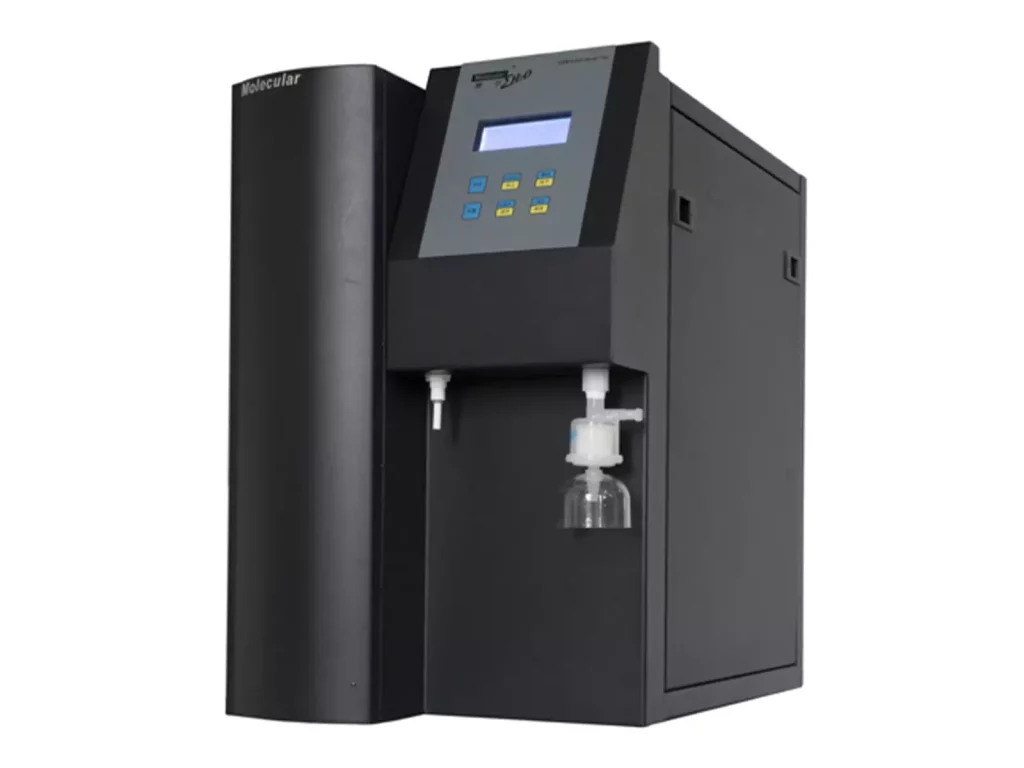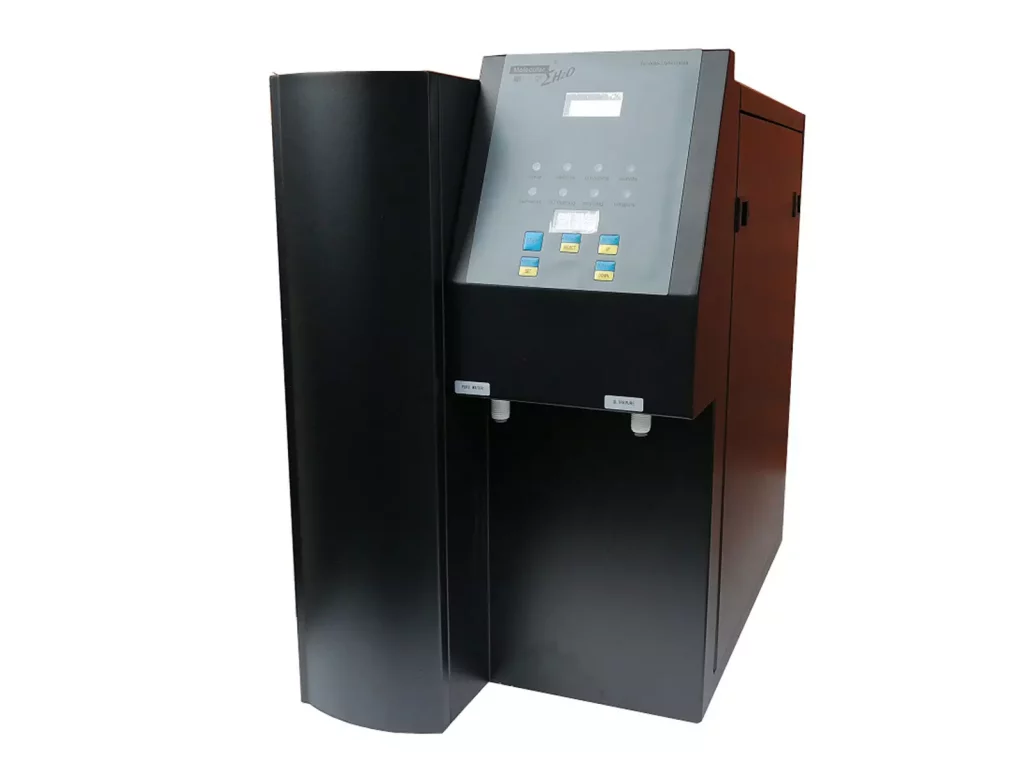The choice of the right Deionized Water System for laboratory is vital to ensure the highest quality results from your experiments, protecting delicate equipment and ensuring most high standards in industry. An incorrect choice can result in costly downtime, inaccurate results or a large amount of expense. It is therefore essential to take the right decision using specific needs-driven guidelines.
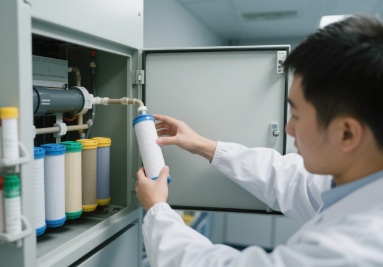
Understand Your Laboratory’s Specific Needs
Before you begin exploring options for your deionized water system, first, you must define the fundamental needs that will narrow your options. This will help that you don’t overspend on features you don’t require or choosing one that doesn’t keep up with the demands of your workflow.
Purity Requirements
Lab deionized water comes in three purity grades that are suitable for particular needs.
- Type I (18.2 MΩ·cm) for tasks that require a high level of precision (HPLC mass spectrometry, HPLC, cell cultivation) in which trace ions contaminate the results and cause damage to the results.
- Type II (1–18 MΩ·cm) for everyday tasks (buffer preparation cleaning glassware, buffer preparation chemical analysis)
- Typ III (<1 MΩ·cm) for basic tasks (non-sensitive rinses and baths in water).
Check the quality of your water using TDS sensors or probes for resistivity to prevent purchasing too much. You should match your exact needs, not excessive quality.
| Purity Grade | Resistivity | Ideal Applications | Key Use Case Examples |
| Type I | 18.2 MΩ·cm | Critical, high-sensitivity tasks | HPLC, mass spectrometry, cell culture |
| Type II | 1–18 MΩ·cm | Routine lab operations | Buffer preparation, glassware washing, general chemical analysis |
| Type III | <1 MΩ·cm | Simple, non-sensitive tasks | Non-sensitive rinsing, filling water baths |
Water Usage and Flow Rate
The amount of water used per day determines the size of your deionized water system for laboratory. A small laboratory could use 50L/day, whereas large laboratories require more than 200L in peak times. Consider the simultaneous usage (e.g. multi-instruments) to ensure that the efficiency of the system (L/hour) is kept up. Insufficient flow leads to delays. excessive capacity is a waste of both energy and money. Make sure you have a flow that is in line with your most busy process.
Space and Installation Limits
Small benchtop systems are perfect for labs that are short of floor space (easy set-up, without a dedicated space). Larger facilities need floor-standing/cabinet-style units–measure space, including room for accessories (pre-treatment filters, tanks). Examine the nearby water intake/drainage (new pipes cost more) and verify the voltage (110V/220V) and the circuit’s capacity ensure that the system is compatible to avoid risks.
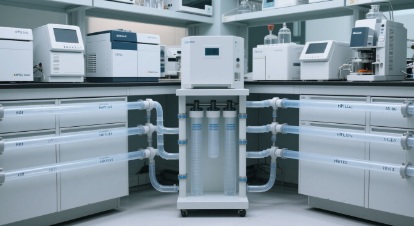
Evaluate Key System Features and Functionality
After you’ve identified your primary requirements, look for the features that can improve efficiency in workflow, lessen the burden of maintenance, and ensure long-term reliability of your deionized water system for laboratory. The right tools can help you reduce time, cost and guarantee constant efficiency.
Automation and Monitoring
Deionized water systems that are modern have automated features that reduce interventions by hand, an essential advantage for labs with a lot of work. Find systems that offer live purity monitoring that shows water quality indicators through a computerized interface, to allow you to spot any issues quickly. A lot of systems have auto-shutdown features that shut down the flow of water when purity falls below a certain threshold and prevents the use of contaminated water in tests.
Labs that must comply with standards of compliance (like GLP or ISO) Data logging is a important aspect. These systems automatically track the purity history, usage data and maintenance activities which makes it simple to produce reports to be used in audits. This removes the need to manually recording and decreases the chance of human mistakes.
Maintenance and Consumables
Consumable and maintenance requirements will significantly affect the value over time of an water deionized system for laboratory. Consider how often the main components (like filters, resins as well RO membranes) require replacement. For instance Ion exchange resins generally require a more frequent replacement than membranes for reverse osmosis that can result in the cost of maintenance.
Select systems that have easy-to-use maintenance layouts. Find features that are easy to access, such as filters or colored replacement parts that allow lab personnel to handle routine maintenance without having to engage external technicians. This will not only cut down on the time spent on maintenance, but also cuts down on the cost of service. Make sure you ask your suppliers for estimates of the annual cost of consumables, since it will assist you in calculating the system’s overall cost over time.
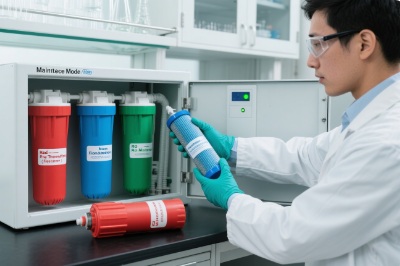
Energy and Water Efficiency
Cost savings and sustainability go hand-in-hand in the realm of water and energy efficiency. Select systems that offer high rates of water recovery particularly if you’re using reverse the osmosis process. RO systems generate lots of waste however, efficient models minimize the waste they produce by recycling water in water purification. This is not just a way to lower your water usage, but it is also in line with green laboratory practices.
It’s also a factor to consider energy usage especially if the system runs continuously. Find energy-efficient motors, or standby modes that cut down on energy consumption even when your system’s not being used. Over time, these little efficiency gains can lead to substantial reductions on lab’s power expenses.
Compare Deionization Technologies
There are three primary technologies employed in lab deionized water systems, each having their own strengths as well as weaknesses and best scenarios for use. Knowing the differences can assist you in choosing the system that is most suitable for your requirements for purity and workflow.
| Technology | Best For | Upfront Cost | Long-Term Cost | Maintenance Needs | Environmental Impact |
| Ion Exchange (IX) | Low-to-moderate purity (Type II/III), small volumes | Low | High (frequent resin regeneration/chemicals) | Frequent resin replacement; chemical handling | Higher (chemical waste from regeneration) |
| Reverse Osmosis (RO) + Deionization | Medium-to-high purity (Type I/II), moderate volumes | Moderate | Moderate (occasional RO membrane replacement) | RO membrane replacement; minimal chemical use | Lower (water recycling options) |
| Electrodeionization (EDI) | High purity (Type I), large continuous volumes | High | Low (no chemical regeneration) | Minimal; no chemical handling | Lowest (no chemical waste) |
Ion Exchange (IX) Systems
Systems for exchange of ions are classic easy option that works by moving the water over resin bed in order to eliminate the ions. They’re the best choice for laboratories that require low-to-moderate purity (Type II water or type III) and small volumes of water. One of the major benefits of these systems are the low initial cost. They’re usually the most affordable choice for small labs and basic applications. They also come with an easy design that makes them simple to set up and use.
But IX water deionized system for laboratory units have certain drawbacks. The resin beds require frequent renewal using chemical solutions to keep their performance up, which can increase costs over the long term and demands handling of chemicals. They’re also not ideal for applications with high purity or large quantities of water because the resin needs replacement or renewed frequently to be useful.
Reverse Osmosis (RO) + Deionization
Reverse Osmosis (RO) systems utilize a semipermeable membrane that removes impurities. When they are coupled with deionization (either Ion Exchange or EDI) it creates an efficient purification solution. This technology is perfect for laboratories that require medium-to-high quality drinking water (Type I and Type II) as well as moderate volumes of water. This makes it a favorite option for analytical and research labs.
The RO pre-treatment process reduces the amount of ions present in the water prior to reaching the stage of deionization. This prolongs the life of the deionization resins and membranes, which reduces expenses for consumables. It also provides an unaffected, consistent purity, which is vital for experiments that require sensitivity. The biggest drawback lies in the fact that membranes for RO require periodic replacement, although it is not as frequent as resin regeneration in IX systems on their own.
Electrodeionization (EDI)
Electrodeionization (EDI) Systems make use of an electric current to eliminate the water’s ions, thus making it unnecessary to use chemical regeneration. They’re specifically designed for labs which require water with high purity (Type I) as well as massive, continuous volumes of water such as biotech labs, pharmaceutical laboratories, or huge research centers. The EDI systems have several major advantages: they are low demands on maintenance (no need for chemical manipulation) they provide an unwavering purity and are extremely adaptable if your lab’s water requires to grow in time.
The biggest drawback to EDI systems is the cost upfront, they’re more expensive to buy and set up than RO or IX deionization systems. But their lower consumption and long-term maintenance are often a good option for laboratories with constant, high-purity requirements. Also, they leave a lower footprint on the environment, since they don’t need chemical regeneration solutions.
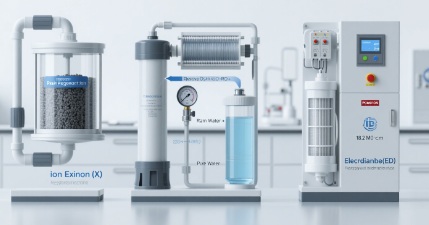
Final Thoughts
In short, selecting a deionized water system for laboratory involves assessing your requirements for purity (Type I/II/III) as well as the flow rate of water and usage and space restrictions first. Prioritize features that are efficient (purity monitoring, ease of maintenance) and choose the appropriate technology (IX RO+deionization and EDI) to provide long-term value.
To ensure a reliable solution Molewater’s Laboratory Deionized Water System fits all labs, from small units for small teams to the highest purity EDI models. It provides automation to ensure compliance, minimal maintenance and scalability. It delivers reliable water that is consistent and in line with budgets.
